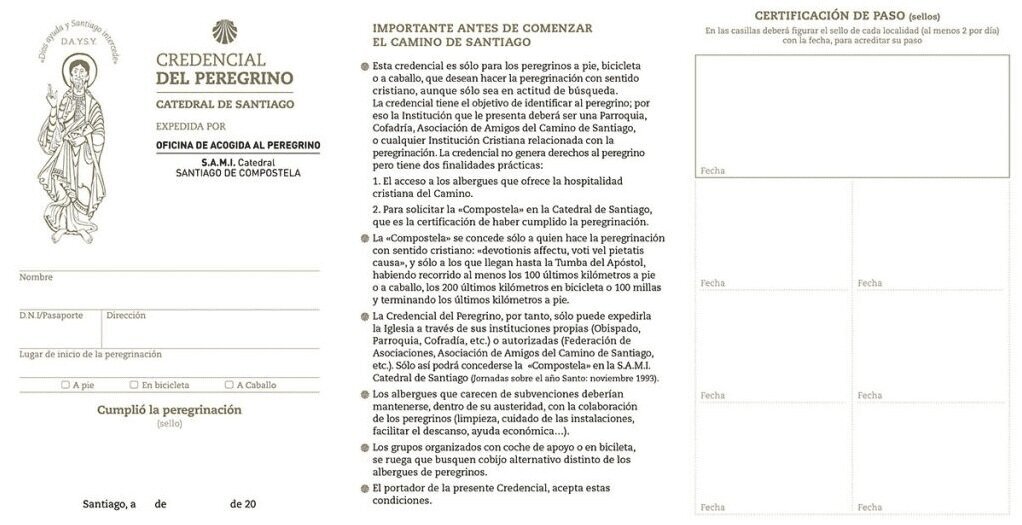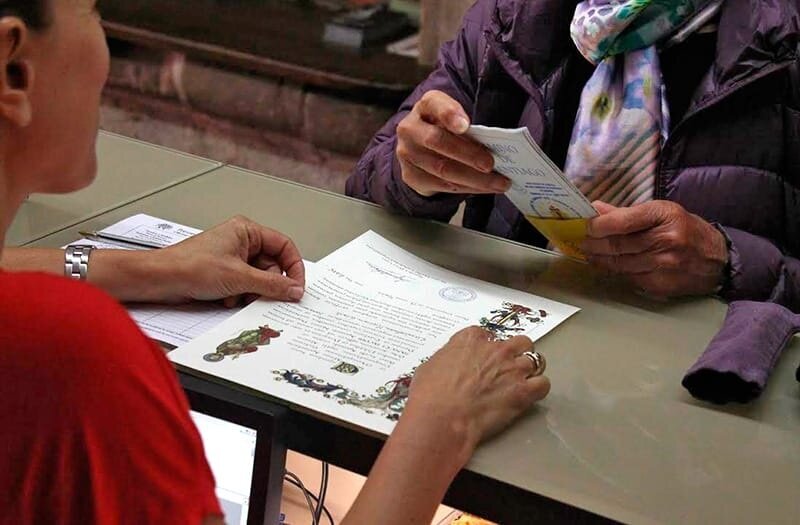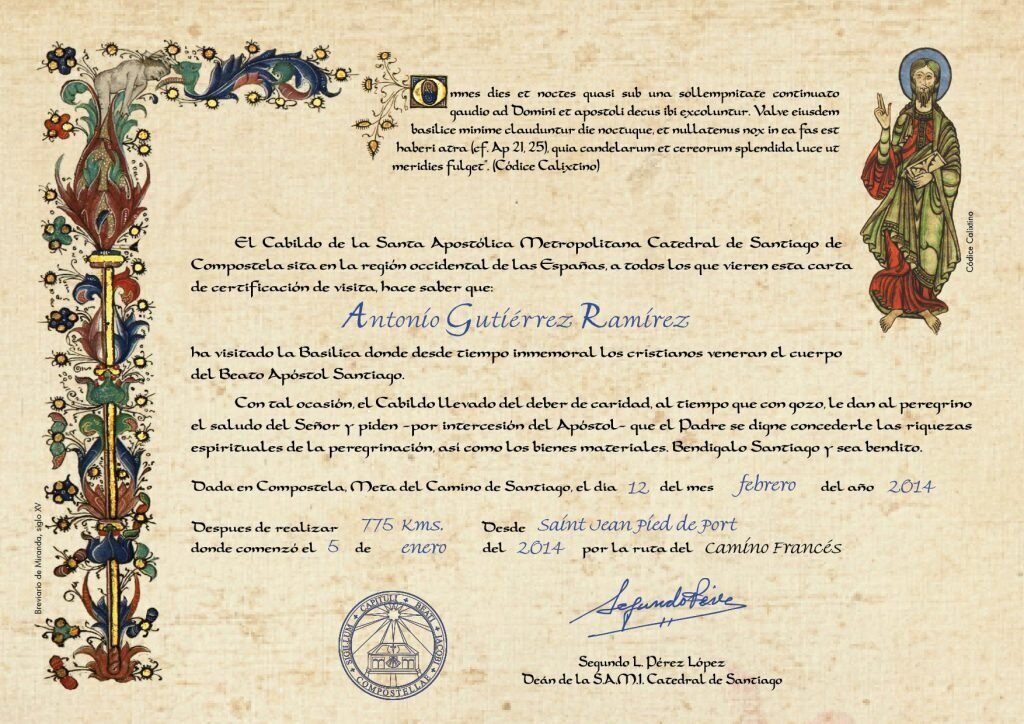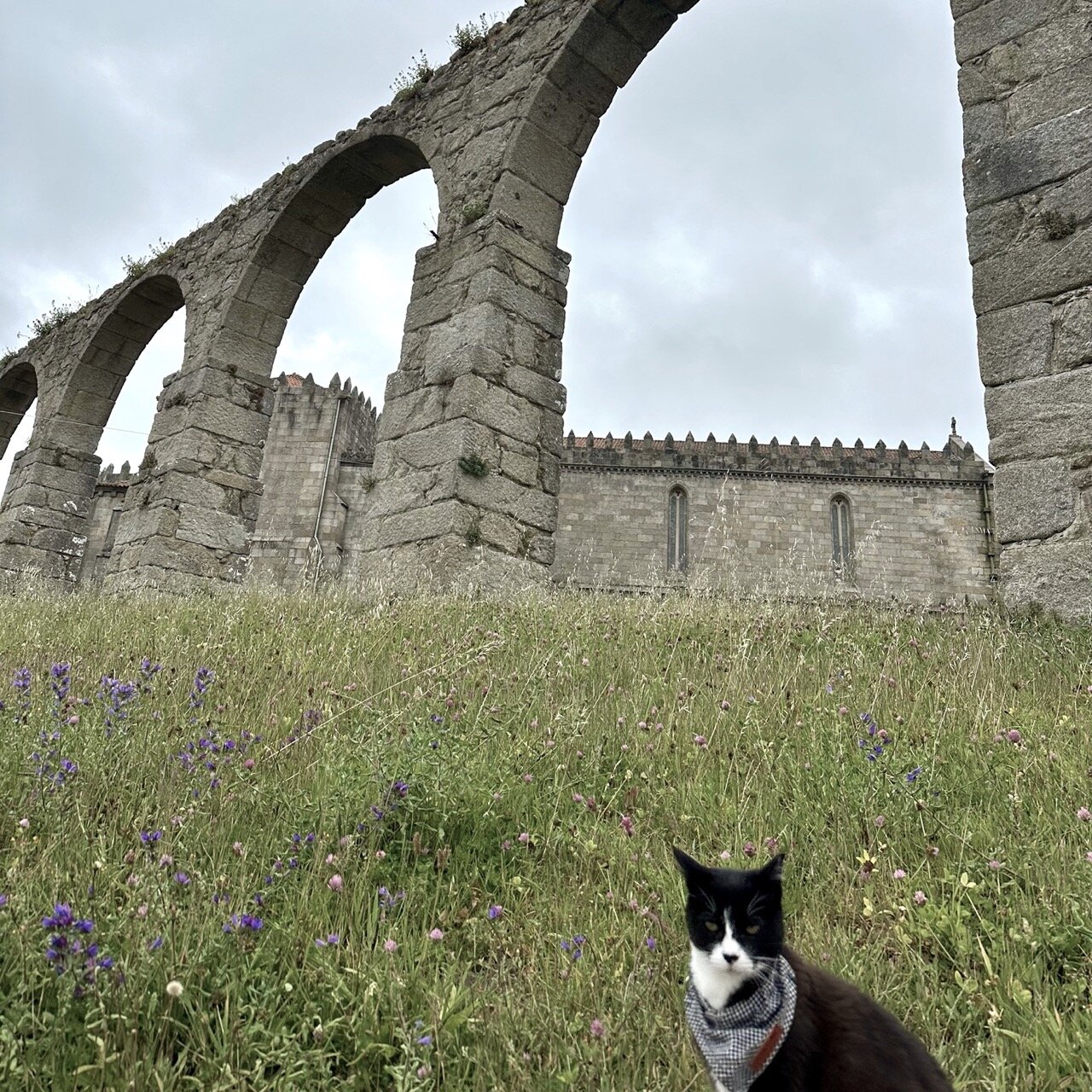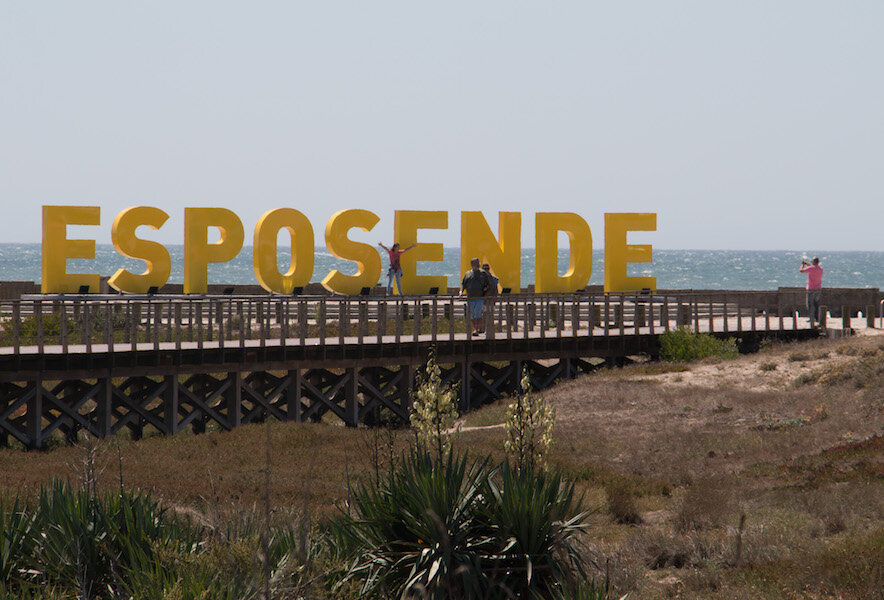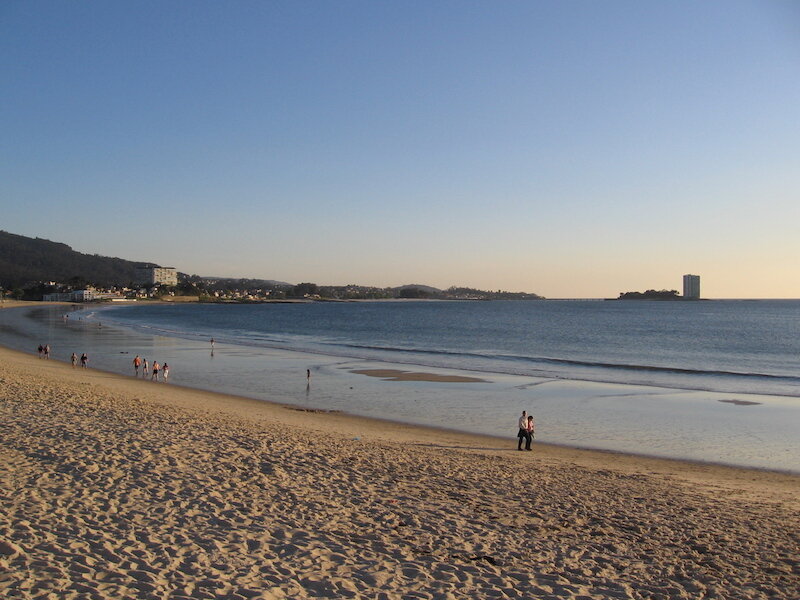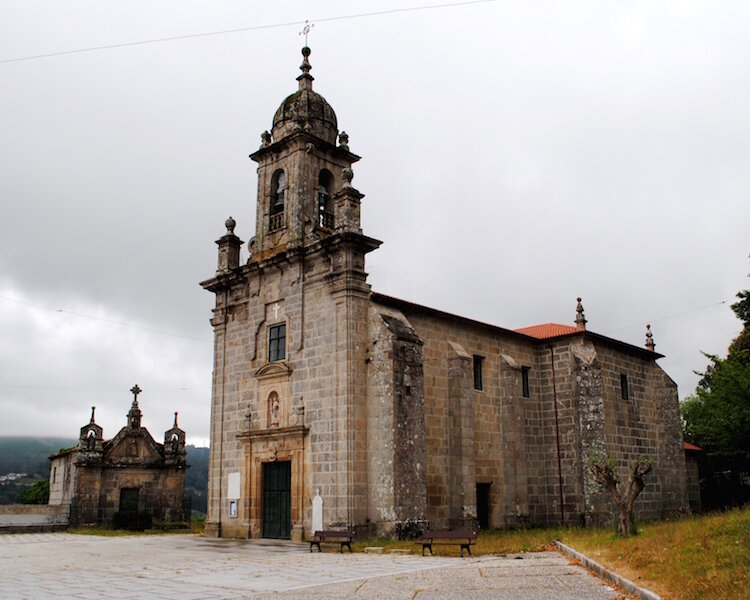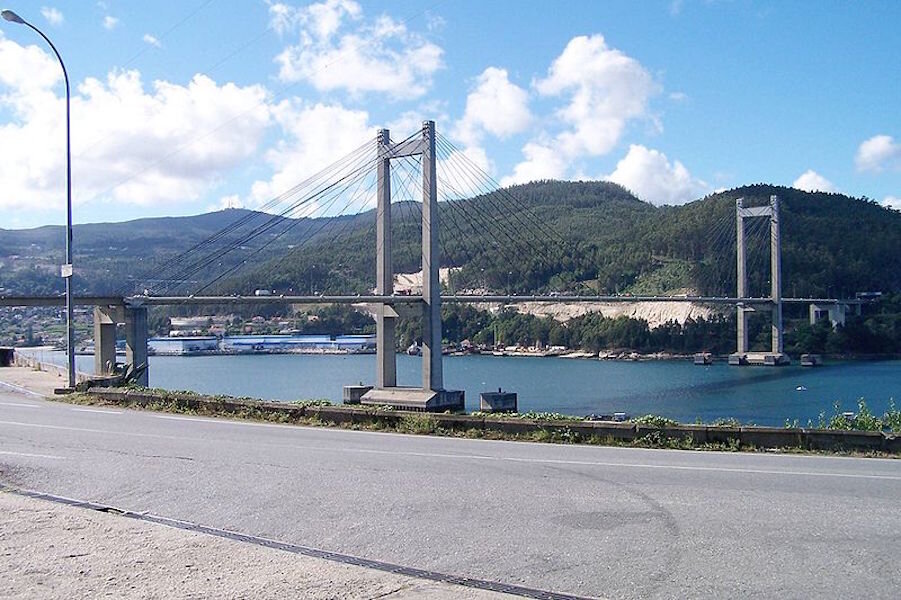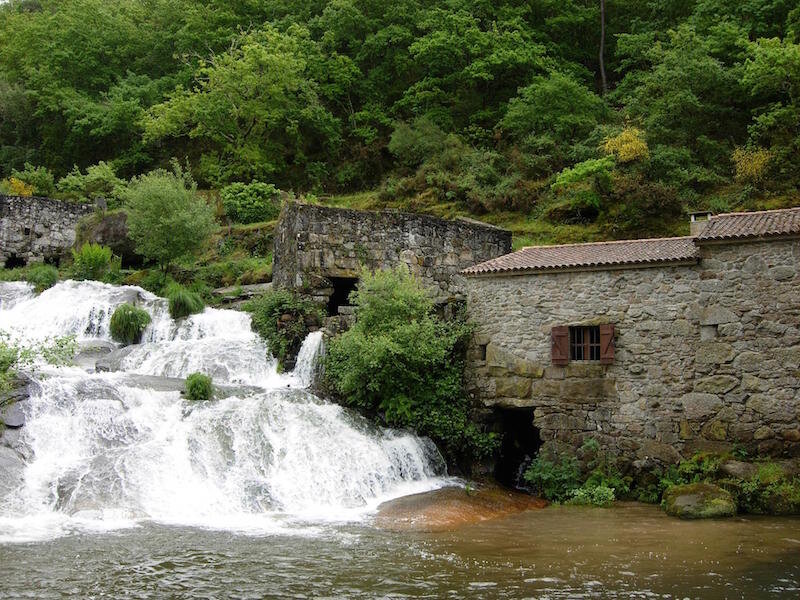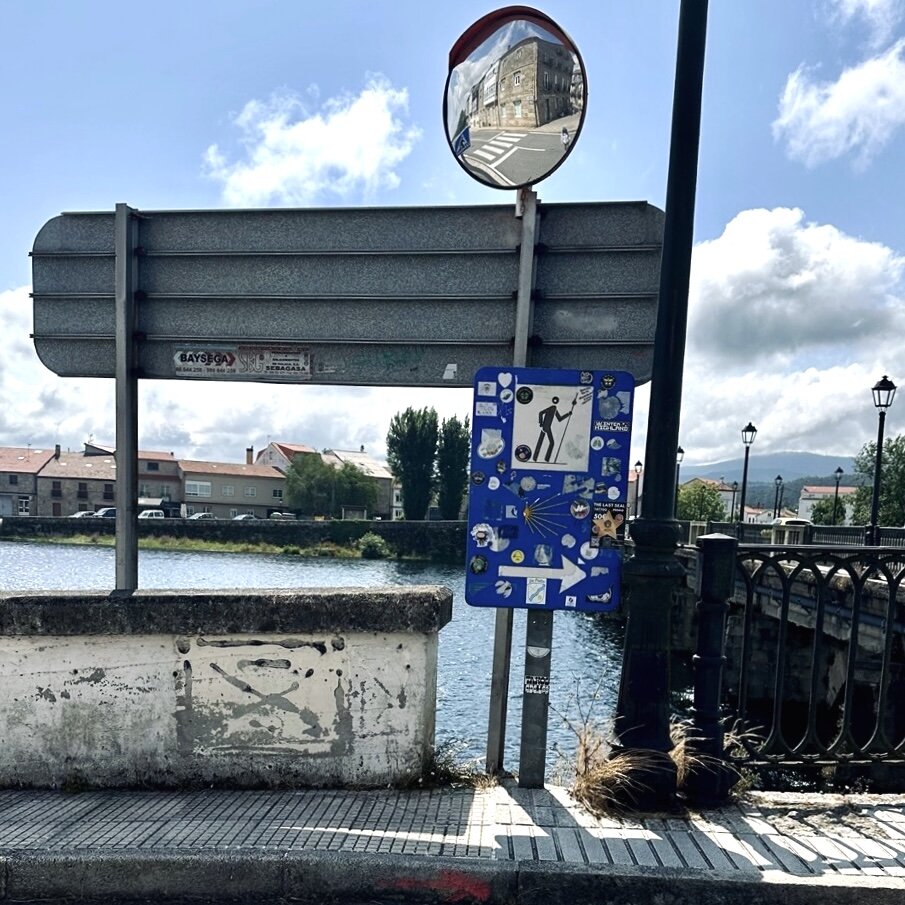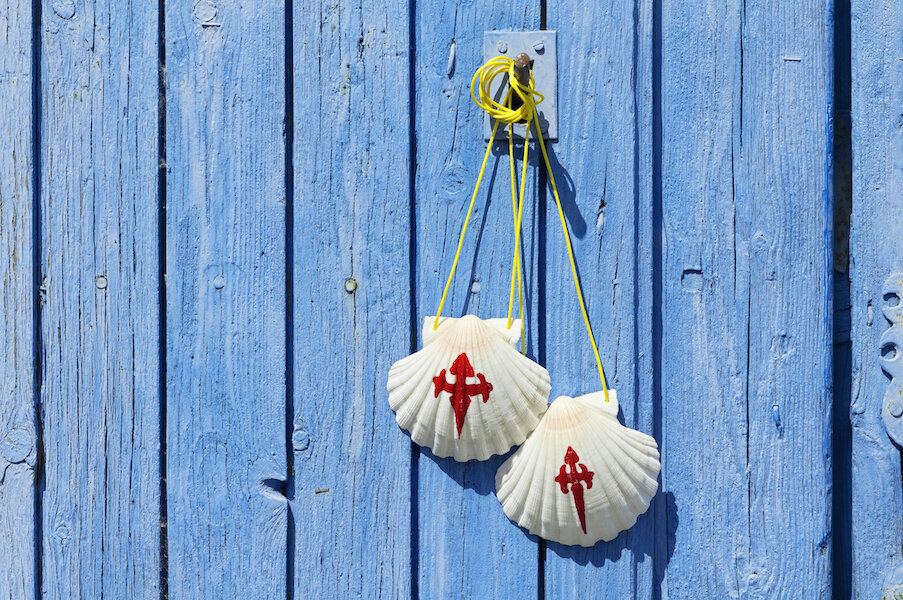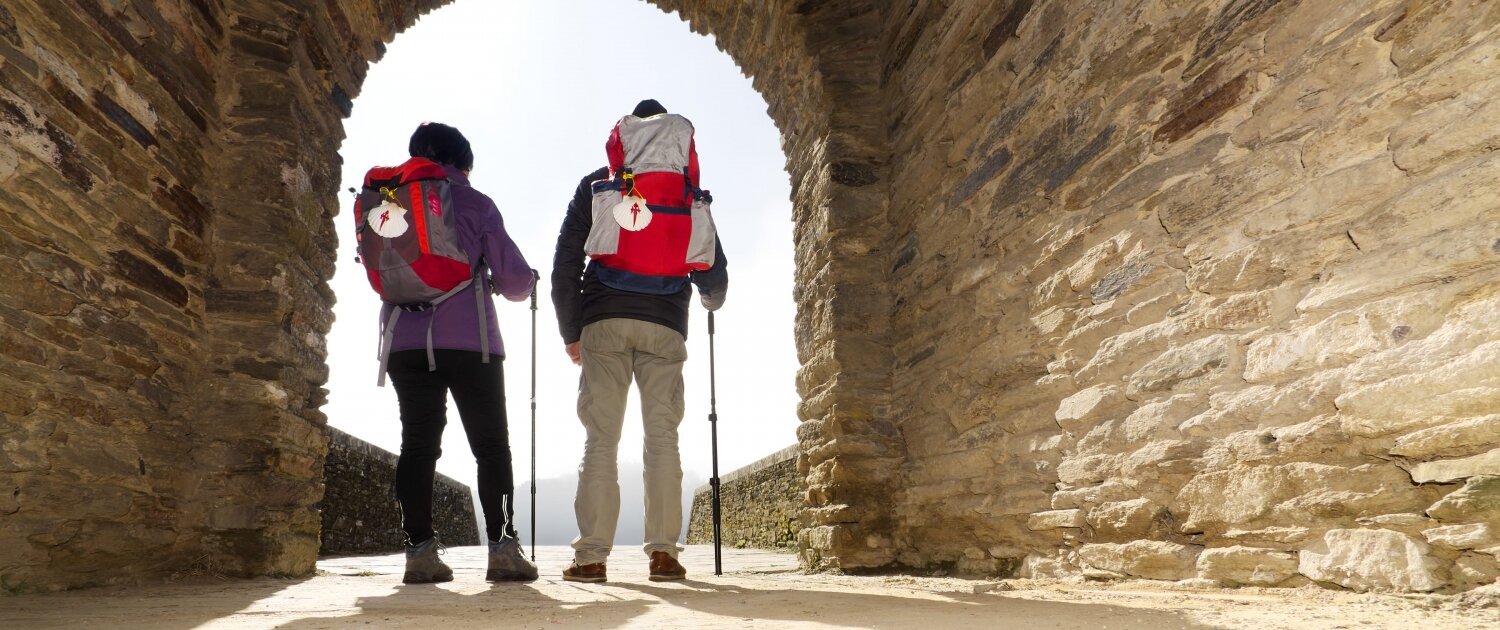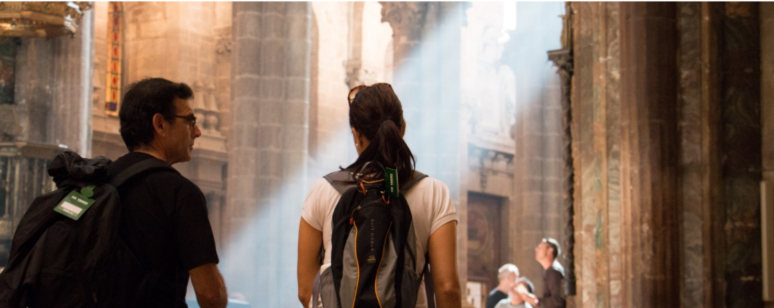The Portuguese Coastal Camino 15 Days / 14 Nights
Soul cleansing Journey
Price Per Person
Starting at 77,000
Category
This is a 'Blue Retreat' designed purely for the self. For 14 nights, we trace the Atlantic coastline, allowing every footstep to resonate with the rhythm of the waves. Starting amidst the artistic flair of Porto, and guided by the gentle sea breeze, we trek across the Spanish-Portuguese border. This is more than a physical pilgrimage; it is an inner dialogue - a "Soul's Baptism by the Sea Breeze." Between ancient fishing villages, silent monasteries, and the continuous horizon line, you will momentarily shed the city's noise. On this coastline, rediscover your most primal and pure life rhythm, culminating at Santiago de Compostela.

STAY
- 14 nights’ accommodation with breakfast
- 11 dinners included (dinners in Porto, Viana do Castelo, and Santiago de Compostela are at your own expense)

Trip Services
- Daily luggage transfer service (each suitcase limited to 20 kg)
- Itinerary and document services (Pilgrim Passport, Compostela Certificate, route planning, maps, handbook, etc.)
- Each person is limited to one piece of luggage per day, and the number of pieces must remain the same throughout the trip.
(If you wish to increase the number of luggage pieces, the quantity must remain consistent for the entire trip and will require an additional quote.)

Others
- Travel document holder
- Travel consultation
- Travel Accident Insurance:
- TWD 3,000,000 overseas travel accident insurance
- TWD 1,500,000 accident medical reimbursement
- TWD 1,000,000 emergency assistance
(Valid only for flights departing from Taiwan)
- Travel Liability Insurance:
- TWD 5,000,000 accident coverage
- TWD 200,000 medical coverage
(Valid only for flights departing from Taiwan)
- Travel Inconvenience Insurance:
- Standard Chubb Overseas Travel Inconvenience Insurance (for flight or baggage delays, etc.)
- Option to upgrade to the premium plan for an additional fee
- Europe mobile data plan
- Travel accessories

The Meaning of Pilgrimage
Every year, millions embark on the Camino de Santiago for reasons beyond faith—seeking healing, clarity, health, or simply themselves.
The scallop shell, symbol of St. James, recalls the miracle of his relics reaching Spain after his martyrdom. Though walking the Camino may not guarantee success or fix life’s struggles, it offers something deeper: the courage to face despair, the strength to carry on, and the memory of a path that reminds us we are never truly lost.
Trip Rules
There is also the Portugal Central Route of the Camino de Santiago. If you wish to register, please contact your travel consultant.
- 2026 Low Season Prices
- Valid from 3/1–4/6, 4/22–7/14, 9/16–10/15
- TWD 77,000 per person (based on double occupancy)
- TWD 110,000 per person (single traveler)
- 2026 Peak Season Prices
- Valid from 4/1–4/21, 7/15–9/15
- TWD 79,000 per person (based on double occupancy)
- TWD 118,000 per person (single traveler)
- If hotel rates increase during exhibition or peak season periods, the actual booking rate will apply.
- Prices do not include airfare, passport fees, visa fees, or city taxes.
Trip Map

Detailed Itinerary
FAQs
What about my luggage ?
Checked Baggage Policy
What should I have in my daypack while walking ?
Shoe Tips
Clothing Tips
Rain Gear
Toiletries
Personal Essentials
Internet Access
Transport to Start & From Finish
Pre-Departure Tips
Physical Preparation
We have selected a relatively flat and shorter route for you. While pre-trip training is not mandatory, proper preparation and muscle conditioning can help reduce the risk of injury during your journey.
- The best way to train is simply walking, ideally starting about three months before departure.
- During your training, you can start wearing the shoes you plan to use on the Camino. We do not recommend boots—they are heavier and can feel hot and uncomfortable in summer. A pair of lightweight hiking or trail-walking shoes is usually the best choice.
- Tips for long-distance walking:
Vary your walking posture frequently—such as walking in a zigzag pattern or occasionally walking backward—to balance the use of different muscle groups. In the evenings, elevate your legs or give them a gentle massage to help with recovery. - We have prepared a pre-departure walking plan for you. Please refer to the table below.











